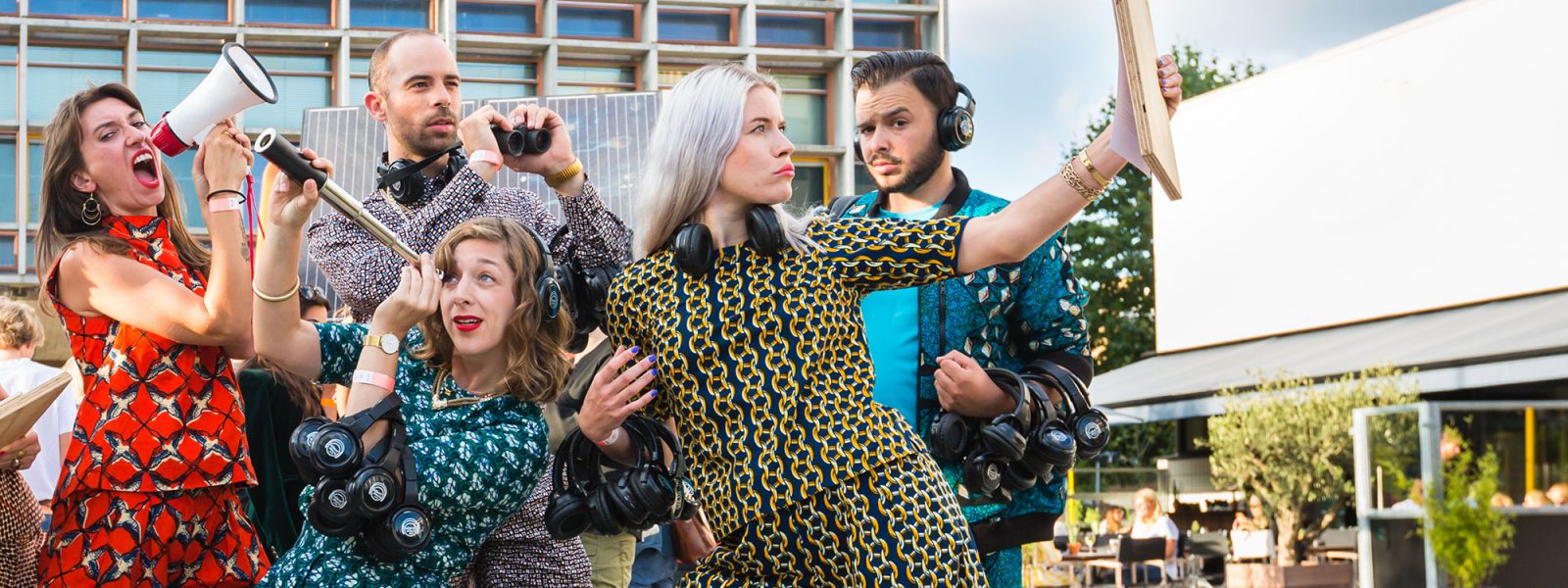
ROEF moves the city: from roof to roofscape. It’s time to open your eyes and join us on the roofs because…

Only 2% of Amsterdam rooftops is utilized
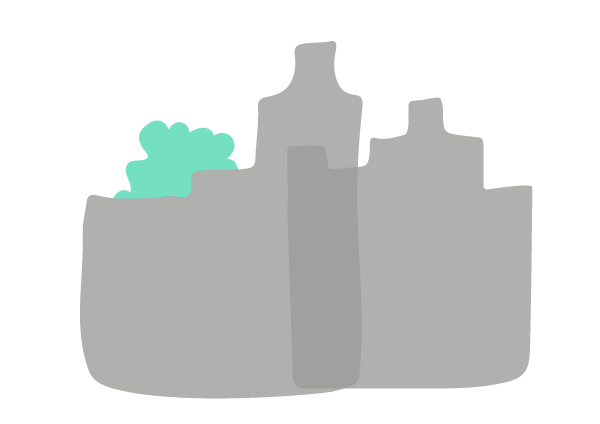
Just 1% of flat roofs is vegetated
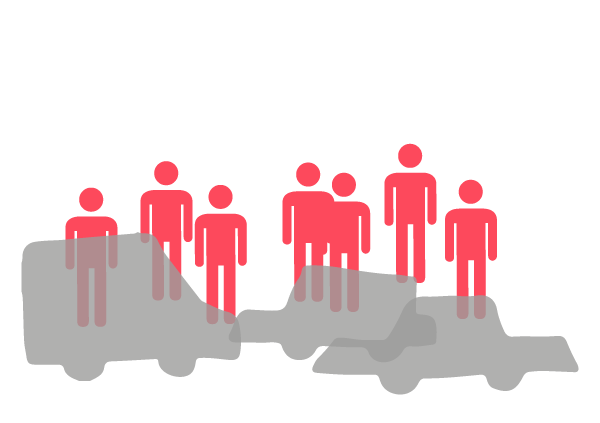
The city is still growing busier
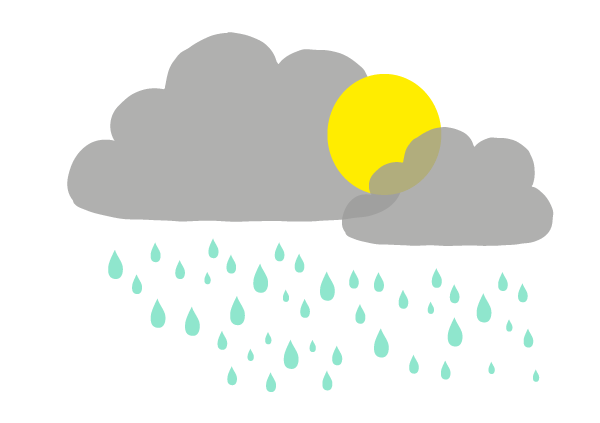
Green is essential in battling climate change
That is why ROEF is showing off Amsterdam’s greatest potential – right above our heads. The uncultivated roofscape of Amsterdam is a whopping 12 square kilometers: the Vondelpark times 25!
Vondelpark at height
The climate is changing, Amsterdam is not changing with it. Heat, rain, drought, declining biodiversity, particulate matter and other emissions, they are bad for our health and our buildings. The bill is being passed on to future generations.
At ROEF, we have the solution: if we start radically greening the city today, these problems can be mitigated. The pressure on public space is enormous; we seek the solution at height. Together with all Amsterdam residents, we are building a Vondelpark on the city’s rooftops.
Facts
Green is healthy
Research by Wageningen University shows that people in green spaces are significantly healthier, happier, less stressed and live longer. Thus, greenery reduces healthcare costs and promotes quality of life.
Value
As people enjoy living in a liveable greener environment, property values increase. In addition, a green roof reduces maintenance costs and the return on solar panels is higher in a green environment.
Rain and drought
It will not escape anyone’s notice: it is getting wetter and drier at the same time. The rain falls in shorter and shorter periods and then it comes pouring down at the same time. Our sewers, roofs and drains are not made for these quantities, resulting in leaks and flooding – sometimes the sewers have to discharge directly into the canal. In the intervening periods, it is actually drier than before, threatening water shortages. Green roofs buffer water, protect against leakage and release water only when it is needed and possible.
Heat, urban heat and heat stress
On hot days, black bitumen roofs can reach temperatures as high as 70C. A green roof reduces this effect to a maximum of 35C. Inside, this makes a difference of 4 to 10 degrees, reducing the need to run air conditioning, and outside, it limits heat damage to roofs and walls. Green roofs also reduce the Urban Heat Effect. The increasing heat is also detrimental to our health.
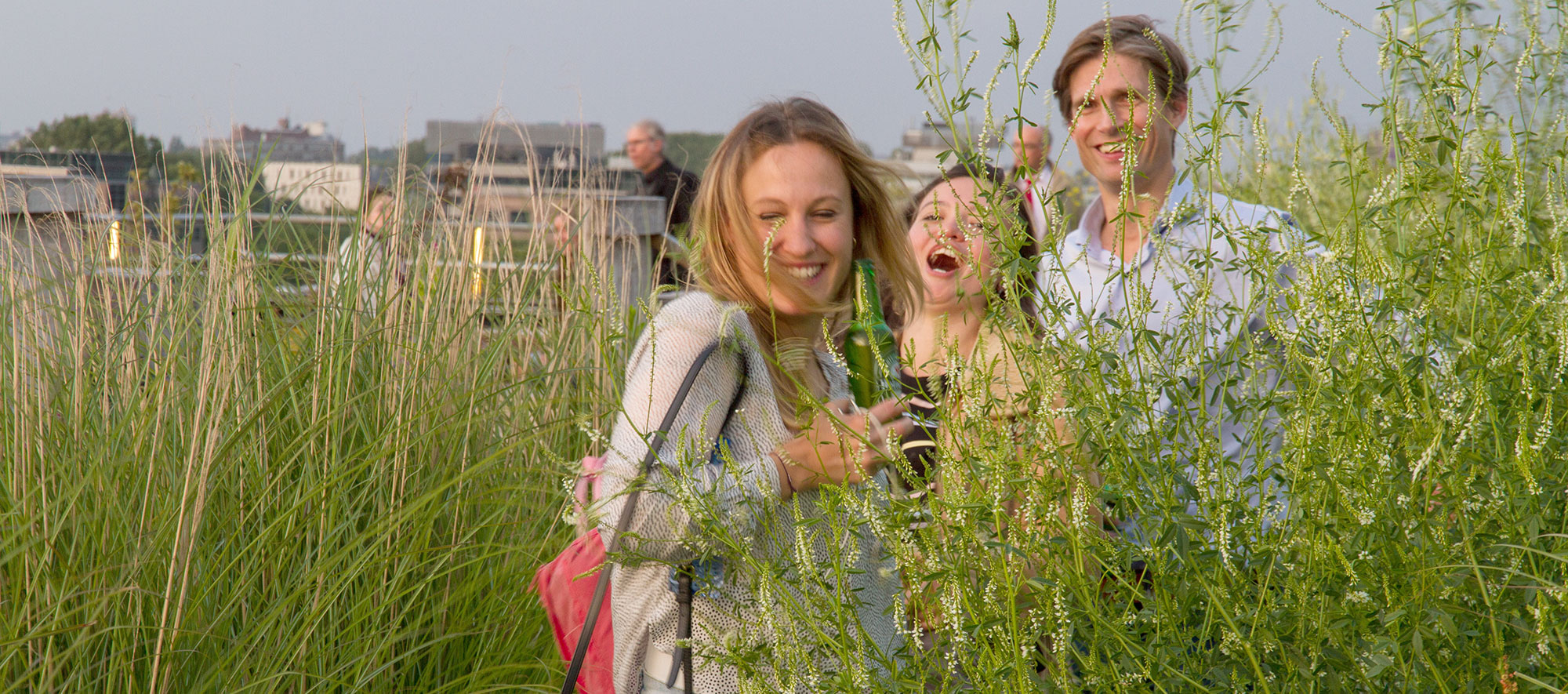
Damage to buildings and monuments
These heat, water and drought nuisances, are already causing damage to buildings and monuments. There are increasing reports of leaks, unhealthy and harmful mould and pest infestations. Water nuisance and shortages cause subsidence and damage foundations. Heat stress also reduces the lifespan of roofs and buildings.
Meeting
Publicly accessible green space, such as a rooftop park, is also important to facilitate meetings. Loneliness is as harmful as smoking and 38% of Amsterdammers regularly feel lonely. However, accessible meeting places, where you don’t immediately pay the top price, are under pressure in the city. Green roofs thus contribute to social cohesion.
Biodiversity
With rural monoculture creating a serious threat to biodiversity – with potentially catastrophic consequences for food supply and our ecosystems, cities are a last safe haven for many animals. By targeted greening of roofs, we preserve our ecosystems and food chain, and improve health and well-being of all residents.
Crowds in the city
Amsterdam is extremely successful and increasingly popular. Tourists, expats, young people, they flock to the city in large numbers. This success is at the same time a threat: fewer and fewer Amsterdammers go into the city centre because of the crowds. By adding small or large green oases, we keep the city liveable for everyone and keep our monuments in good condition. Moreover, the m2 price in the city is skyrocketing, in many places already exceeding € 10,000 per m2, limiting space for new green space. After all, green has no earning model.
The city’s success causes growing housing shortages. The enormous building task ahead will make greenery disappear from the city sooner than new greenery is added. The solution lies on the roofs.
Photo above: World of Me Marie
Photo middle: Niki Boomkens


